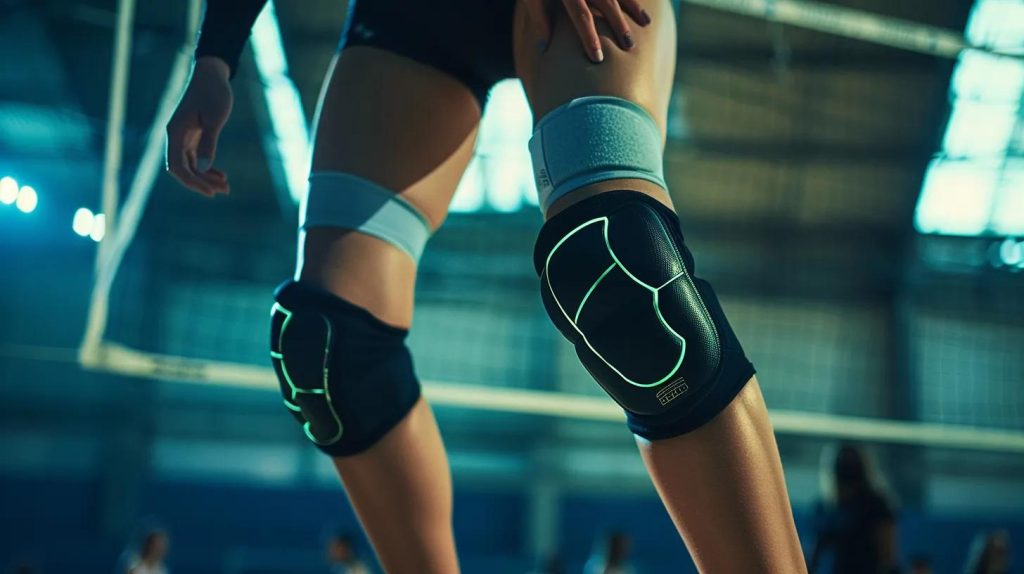Finding the right volleyball knee pads can significantly enhance comfort and protect players from injury. Did you know that improper fitting knee pads can lead to discomfort and affect performance? This article will cover the essential features to look for in the best volleyball knee pads, how to determine the right size, and tips for assessing the fit. By understanding these aspects, readers can make informed decisions that improve their on-court experience and support their patella effectively. Addressing these common concerns can empower players to focus on their game without distraction from inadequate gear.
Key Takeaways
- Properly fitted knee pads provide essential protection and enhance player comfort during gameplay
- Material selection impacts durability, flexibility, and overall comfort of volleyball knee pads
- Foam thickness influences impact absorption and mobility, catering to different playing styles
- Moisture-wicking features help maintain dryness, reducing chafing during extended play sessions
- Adjustable straps ensure a personalized fit, preventing slippage during intense athletic movements
Understanding the Importance of Volleyball Knee Pads for Comfort
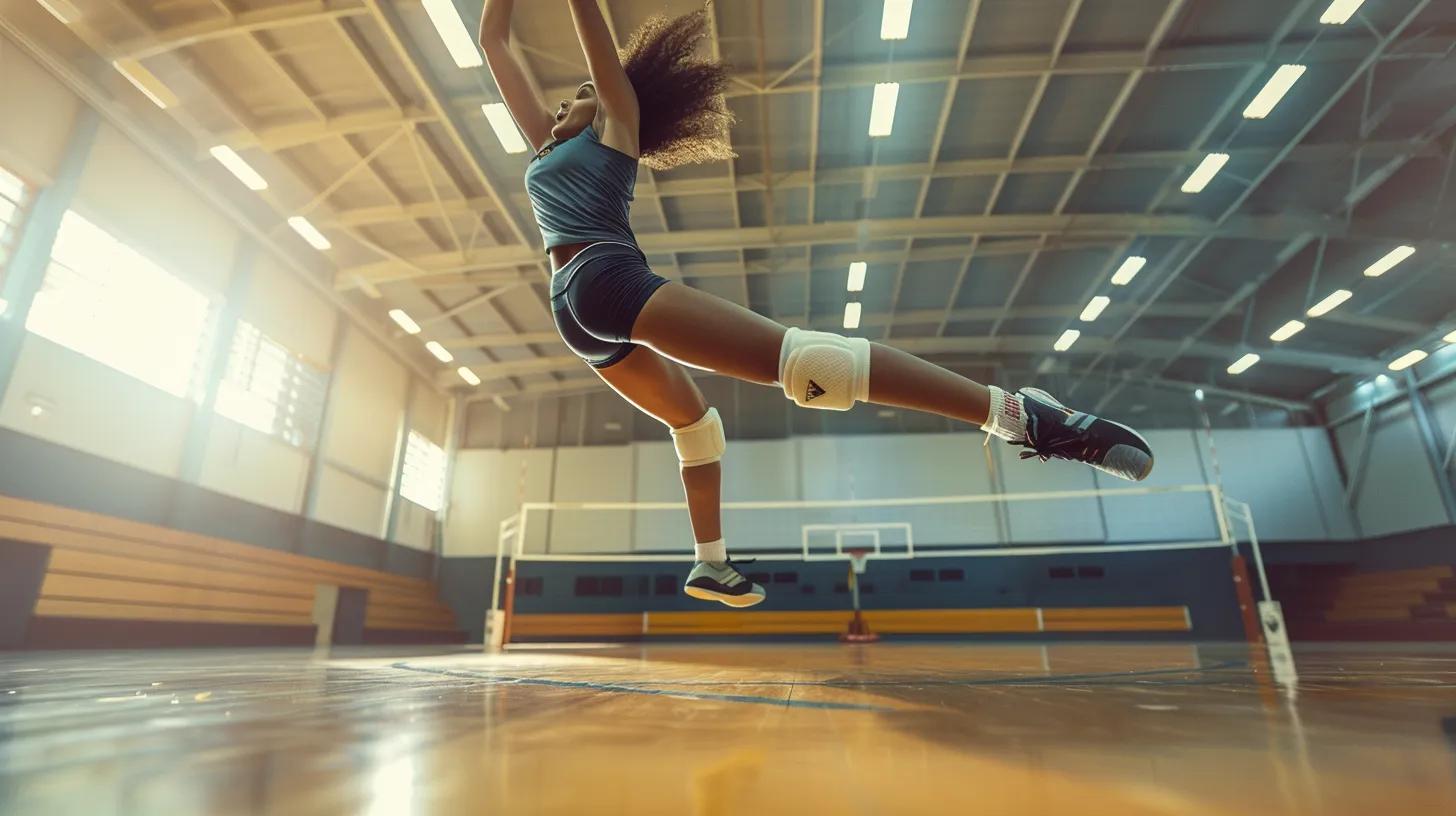
The best volleyball knee pads play a crucial role in providing protection and enhancing comfort during gameplay. Players frequently dive and slide on hard surfaces, making padded protection essential to prevent injuries. Properly designed knee pads can significantly reduce the risk of bruises and abrasions, allowing athletes to focus on their performance.
Foam cushioning within knee pads absorbs impact and provides a snug fit, which is vital for maintaining mobility. When the right knee pad is chosen, it should offer adequate support without restricting movement. This balance ensures that players maintain their agility while effectively safeguarding themselves against potential injuries.
Selecting the appropriate knee pad can contribute to a player’s overall comfort and performance on the court. Every athlete has different preferences, and factors such as fit, thickness of foam, and level of flexibility should be considered. Finding a knee pad that aligns with these needs is essential for aspiring and seasoned players alike:
| Feature | Importance |
|---|---|
| Knee Pad Material | Provides adequate protection and comfort |
| Foam Thickness | Affects impact absorption and mobility |
| Fit | Ensures stability and freedom of movement |
Knee pads are more than just comfort; they protect the player’s spirit and body. Understanding their key features becomes crucial in choosing the best ones for high performance on the court.
Key Features to Look for in High Performance Knee Pads
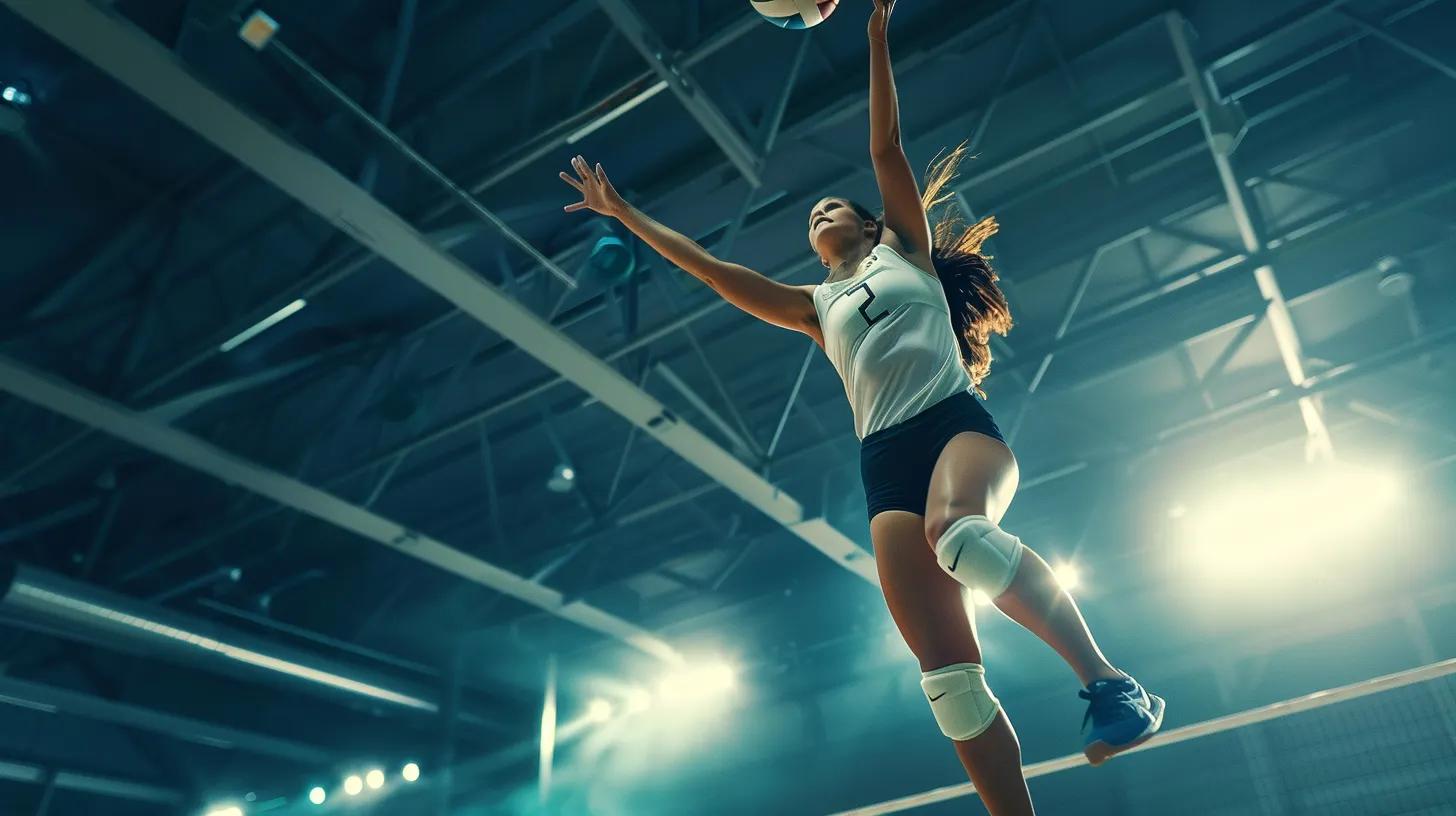
When selecting high-performance volleyball knee pads, several key features can significantly influence comfort and protection. Material choices impact overall comfort, while padding types and thickness provide essential protection against impacts. Design aspects contribute to fit and movement, ensuring players remain agile on the court. Moisture-wicking properties enhance comfort by keeping the skin dry, and adjustable straps allow for a personalized fit tailored to individual preferences.
Material Choices and Their Impact on Comfort
Choosing the right material for volleyball knee pads is key to achieving maximum comfort during play. Common materials such as neoprene and polyester provide durability and flexibility, allowing players to move freely while also absorbing impacts. The right combination of materials can enhance breathability, helping to keep players cool and dry, which is especially beneficial during intense matches.
| Material | Benefits |
|---|---|
| Neoprene | Offers flexibility and impact absorption |
| Polyester | Ensures durability and moisture-wicking properties |
| Spandex | Enhances fit and comfort without restriction |
Padding Types and Thickness for Optimal Protection
Padding types and thickness are critical factors in ensuring optimal protection when selecting volleyball knee pads. Thicker foam offers increased impact resistance, making it ideal for players who frequently dive and slide during gameplay, as seen among competitive athletes. Conversely, a medium thickness may provide a balance between protection and mobility, catering to those who prioritize speed and agility on the court. Understanding one’s playing style and needs can help athletes choose the appropriate padding solution, enhancing comfort and performance while minimizing the risk of injuries.
Design Aspects That Enhance Fit and Movement
Design aspects play a significant role in ensuring volleyball knee pads provide the right fit and support necessary for performance. Features such as contoured shapes and flexible seams allow for a snug fit that adapts to the athlete’s movements, promoting both comfort and agility. Additionally, adjustable straps can offer personalized sizing, preventing slippage during intense actions like diving or leaping, which enhances overall stability on the court.
Moisture-Wicking Properties for Enhanced Comfort
Moisture-wicking properties in volleyball knee pads are essential for maintaining comfort during intense play. These specialized fabrics effectively draw sweat away from the skin, helping players stay dry and reduce the risk of chafing or irritation. For athletes who engage in long matches or practice sessions, the right knee pads with moisture-wicking capabilities can significantly enhance their overall experience on the court by ensuring they remain focused and comfortable throughout gameplay:
| Feature | Benefits |
|---|---|
| Moisture-Wicking Fabric | Helps players stay dry and reduces chafing |
| Breathability | Enhances airflow and keeps the skin cool |
| Comfort During Extended Play | Allows players to maintain focus and performance |
Adjustability and Straps for a Personalized Fit
Adjustability is a vital feature in high-performance volleyball knee pads, as it allows athletes to achieve a personalized fit that enhances both stability and comfort. Straps that can be adjusted provide the necessary support while accommodating different leg sizes and shapes, preventing unwanted slipping during play. For instance, athletes who engage in intense movements, such as diving and jumping, benefit significantly from knee pads that remain securely in place, thus enabling them to focus entirely on their performance without the distraction of adjustments.
Choosing the right features sets the stage for protection. Now, understanding how to find the right size will ensure that comfort and safety go hand in hand.
How to Choose the Right Size for Volleyball Knee Pads
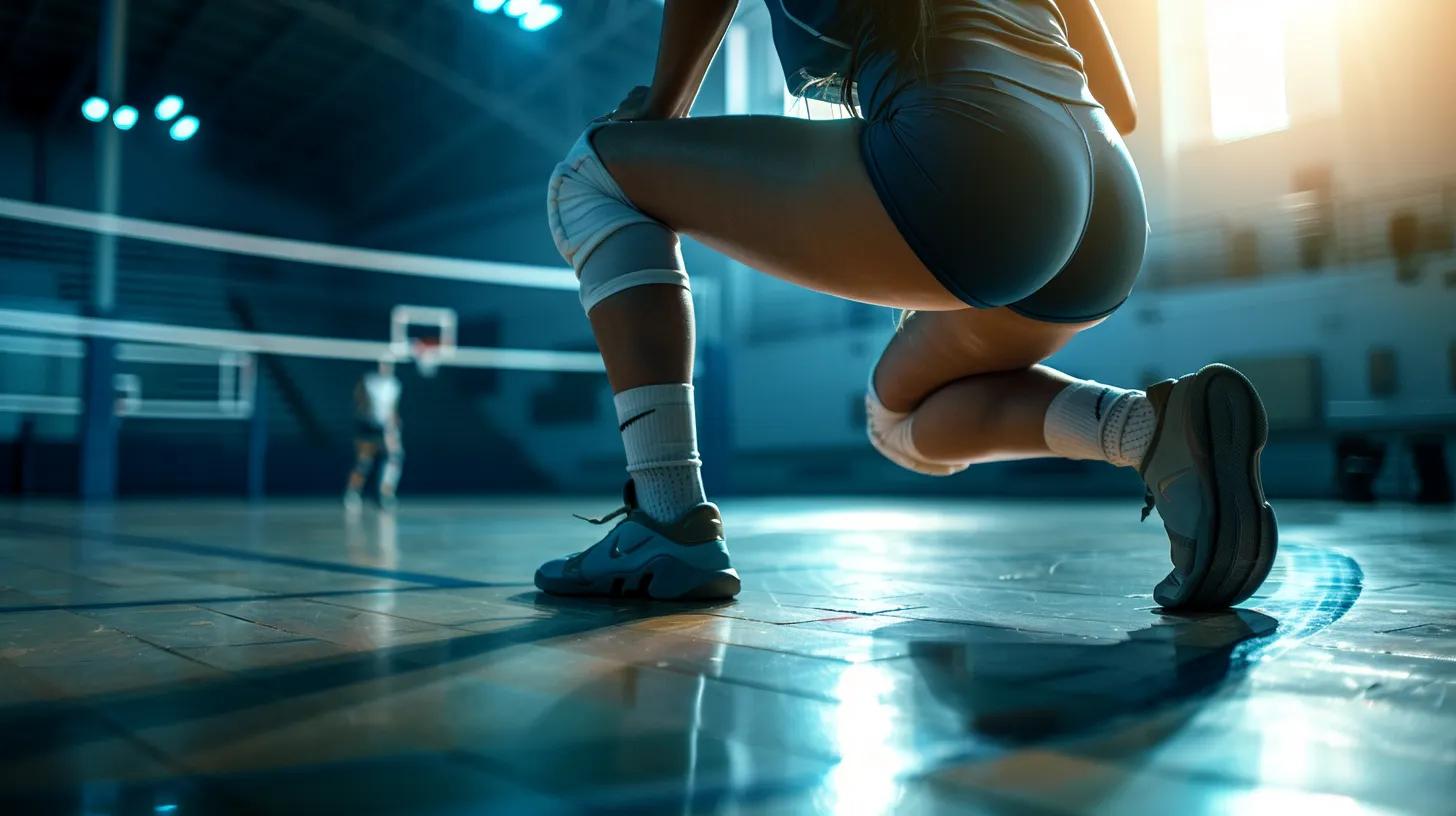
Selecting the correct size for volleyball knee pads is essential for ensuring optimum comfort and protection. This section will discuss measuring your knees for accurate sizing, understanding diverse sizing charts, and tips for effectively trying on knee pads. Additionally, it will address how brand-specific size variations may impact fit, providing athletes with practical insights for making informed choices.
Measuring Your Knees for Accurate Sizing
Accurate sizing of volleyball knee pads is vital for ensuring proper fit, comfort, and protection. To achieve this, players should measure the circumference of their knees while standing, ideally at the center of the kneecap, which serves as a benchmark for selecting the right size. Utilizing sizing charts provided by manufacturers can further clarify the best fit, as brands may have variations in their sizing standards:
- Measure the knee circumference accurately.
- Refer to the manufacturer’s sizing chart.
- Consider personal preferences for snugness or looseness.
Understanding Different Sizing Charts
Different manufacturers may employ varying sizing charts for volleyball knee pads, leading to potential confusion for players. It is essential to read and understand these charts before making a purchase to ensure a perfect fit. Players should carefully compare their measurements with the specifications outlined in the chart, as factors such as knee circumference can impact comfort and support during gameplay:
- Measure the knee circumference correctly.
- Consult the manufacturer’s specific sizing chart.
- Account for personal preferences regarding fit.
Tips for Trying on Knee Pads Effectively
When trying on volleyball knee pads, it’s essential for athletes to ensure a secure and comfortable fit. Players should flex their knees and move around to mimic in-game actions, checking for any restriction in movement or discomfort. Selecting knee pads should include verifying that they sit securely without slipping, allowing players to focus entirely on their performance without distraction.
Considering Brand Specific Size Variations
Understanding brand-specific size variations is essential for selecting the right volleyball knee pads. Many manufacturers use different sizing charts, which can lead to discrepancies in fit. For instance, a player may find that a medium size from one brand fits perfectly, while another brand’s medium may feel too tight or too loose. To ensure optimal comfort and protection, it is recommended that players take measurements accurately and consult each brand’s sizing guide before making a purchase.
Finding the right size is just the first step. Next, the true test comes in assessing how well they fit and feel on the court.
Assessing the Fit and Feel of Knee Pads
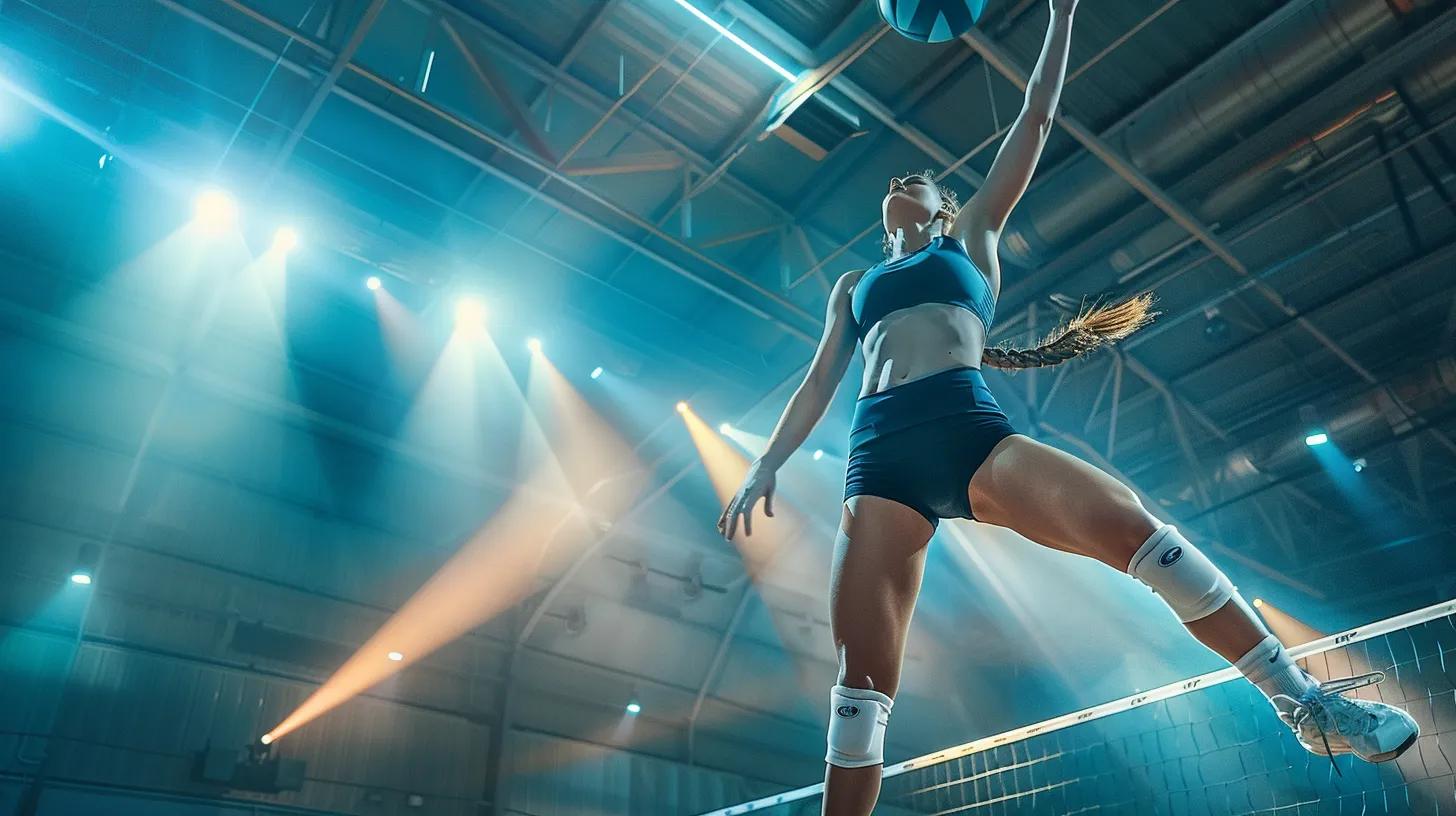
Assessing the fit and feel of volleyball knee pads involves several key considerations. Players should perform basic movements to test comfort and ensure there are no pressure points that could lead to irritation. Evaluating long-term wear during practice sessions is essential to understand how the knee pads hold up. Additionally, examining how knee pads interact with other gear can influence overall performance on the court.
Performing Basic Movements to Test Comfort
To assess the fit and feel of volleyball knee pads, players should perform basic movements that simulate in-game actions. Activities such as squatting, jumping, and lunging can reveal how the knee pads constrict movement or provide comfort. Ensuring that knee pads remain in place without slipping during these movements is essential for both performance and protection as athletes engage in rigorous gameplay:
- Perform squats to check for flexibility.
- Jump to ensure stability and support.
- Lunge to assess comfort and fit during movement.
Watching Out for Pressure Points
When evaluating volleyball knee pads, players must be vigilant for pressure points that can cause discomfort during play. Pressure points occur when padding exerts excessive force on specific areas of the knee, potentially leading to irritation and distractions on the court. To avoid this issue, athletes should perform dynamic movements while wearing the knee pads and pay attention to any areas where the fabric or padding feels too tight or restrictive, ensuring they can move freely and comfortably throughout the game.
Evaluating Long-Term Wear During Practice
Evaluating how volleyball knee pads perform during long practice sessions is essential for identifying their long-term comfort and durability. Players should pay attention to how the padding maintains its integrity and shape after repetitive movements, as well as any signs of wear that could compromise protection. By monitoring for discomfort or changes in fit over time, athletes can ensure they have reliable knee pads that effectively support their performance throughout various training activities.
How Knee Pads Interact With Other Gear
The interaction between volleyball knee pads and other gear, such as shorts and protective apparel, significantly affects overall performance and comfort on the court. Properly fitted knee pads should complement the athlete’s uniform, allowing freedom of movement without causing friction or bunching. When knee pads and other gear align well, players can maintain focus during intense gameplay, ensuring that their attention remains on the match rather than adjusting their equipment.
Comfort in knee pads shapes how well one can perform. When the fit feels just right, the difference on the field becomes clear.
The Relationship Between Knee Pad Comfort and Performance
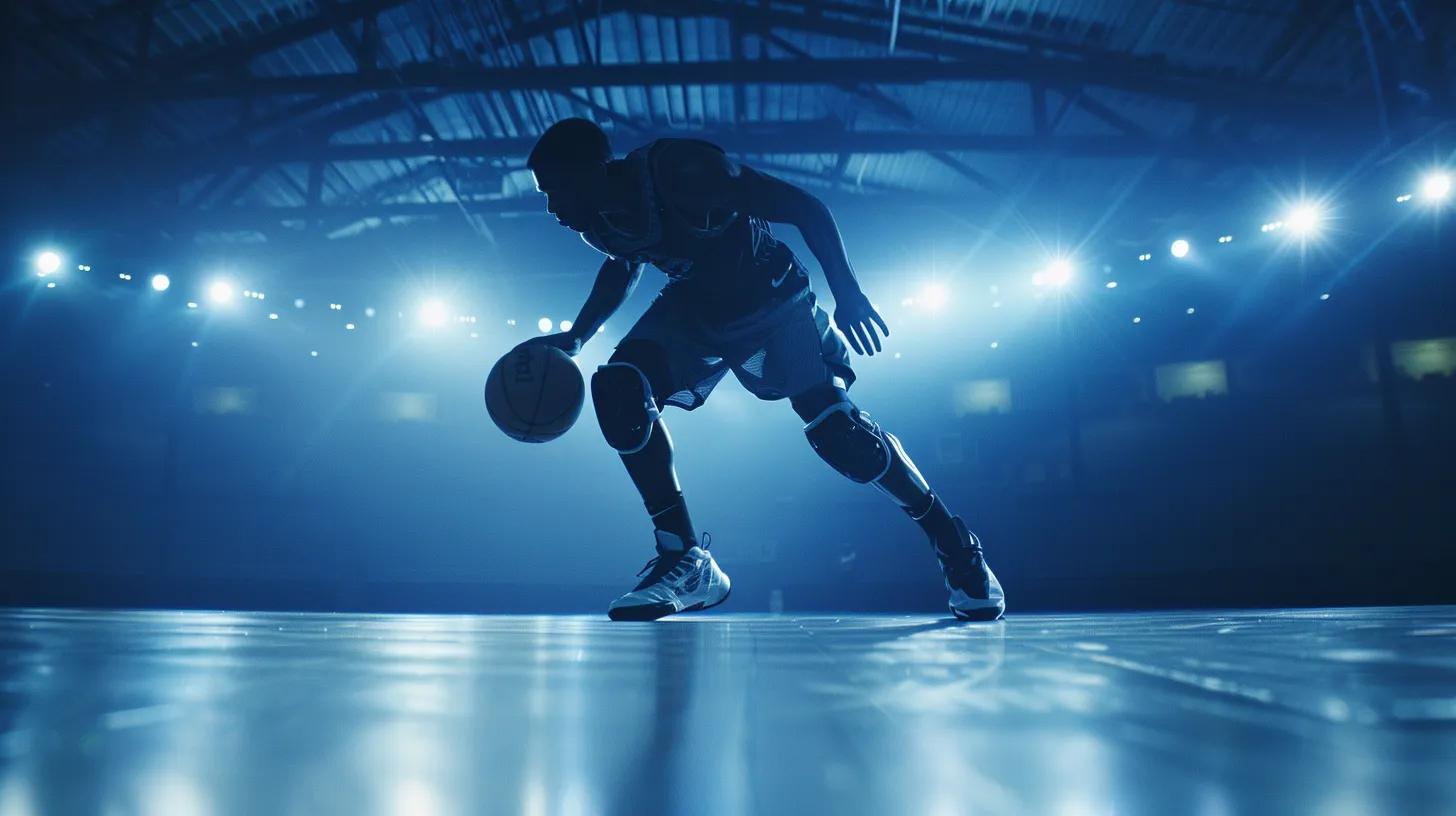
Comfortable knee pads significantly influence a player’s confidence on the court by enhancing mobility and speed. A proper fit minimizes the risk of injuries, allowing athletes to focus on their performance rather than discomfort. Furthermore, wearing equipment that fits well provides psychological benefits, promoting a positive mindset during competitive play. Each of these factors contributes to an athlete’s overall effectiveness and enjoyment of the game.
Impact of Comfortable Knee Pads on Player Confidence
Comfortable knee pads play a significant role in enhancing a player’s confidence on the volleyball court. When athletes feel secure and supported, they are more likely to focus on their game, rather than adjusting their equipment. This sense of assurance allows players to execute movements with greater agility and speed, ultimately leading to improved performance and a more enjoyable experience during both practice and competition.
Avoiding Injuries With Better Fit and Comfort
A proper fit in volleyball knee pads is essential for minimizing the risk of injuries on the court. When knee pads are snug and secure, they provide adequate support and cushioning, which helps absorb impact during dives and jumps. Athletes who prioritize the right fit can experience fewer distractions and achieve better focus on their performance, ultimately reducing the likelihood of strains and bruises as they engage in high-intensity gameplay:
| Aspect | Benefit |
|---|---|
| Fit | Enhances stability and support |
| Cushioning | Absorbs impact to reduce injury risk |
| Focus | Allows players to concentrate on their game |
Enhancing Mobility and Speed With the Right Gear
Choosing the right volleyball knee pads significantly influences an athlete’s mobility and speed on the court. When knee pads fit well and provide sufficient cushioning, players can move freely without feeling restricted, which is crucial during intense gameplay. For instance, knee pads that stay securely in place prevent distractions, allowing athletes to concentrate on their movements and strategies:
- Adequate fit enhances stability during quick movements.
- Flexible materials support dynamic play without compromising protection.
- Lightweight designs reduce fatigue, promoting endurance throughout matches.
Psychological Benefits of Comfortable Equipment
Comfortable volleyball knee pads significantly influence an athlete’s psychological state, creating a foundation for improved performance on the court. When players wear equipment that fits well, they experience less distraction from discomfort, enabling them to focus on their gameplay rather than their gear. This sense of assurance can lead to greater confidence and a positive mindset, which are essential for executing strategies effectively during intense matches.
Comfort leads to better play. Now, let’s look at the top knee pads that excel in performance for volleyball.
Spotlight on Top High Performance Knee Pads for Volleyball
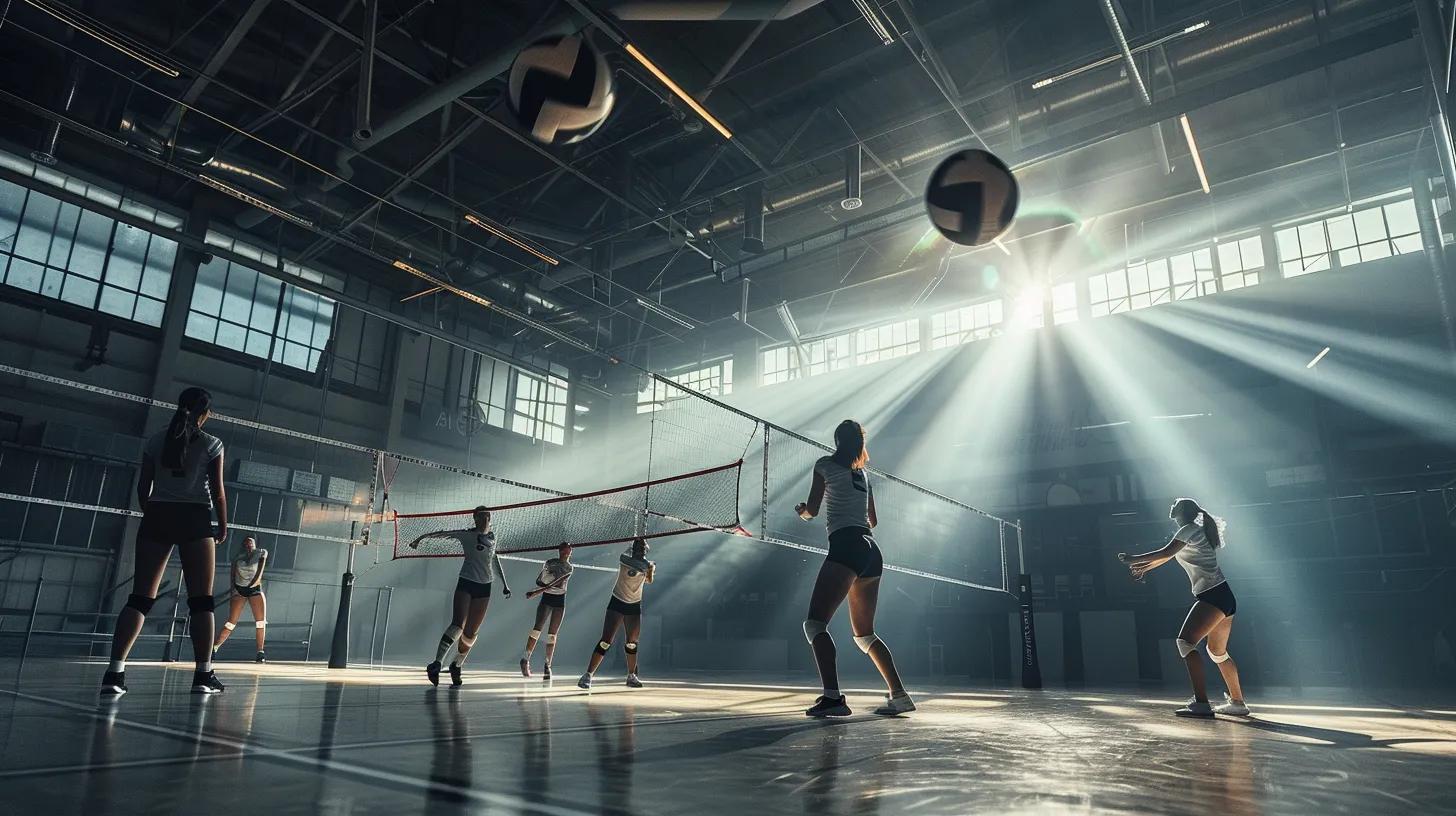
This section highlights leading volleyball knee pads by reviewing top brands and models, emphasizing their unique features. A comparison of popular options will provide insights on price versus performance, while user feedback will shed light on comfort and durability. These elements aim to equip readers with practical knowledge for selecting ideal knee pads that enhance both fit and overall gameplay experience.
Reviews of Leading Brands and Models
When selecting volleyball knee pads, exploring top brands like Mizuno, Asics, and Nike can lead to excellent options that prioritize comfort and protection. Mizuno’s Wave Lightning Knee Pads are known for their exceptional cushioning and ergonomic design, allowing players to move freely while minimizing impact during gameplay. Similarly, the Asics Gel-Nimbus Knee Pads are praised for their moisture-wicking properties and snug fit, making them a popular choice among competitive athletes seeking reliable performance and comfort on the court.
Comparison of Features Across Popular Options
When comparing popular options such as Mizuno’s Wave Lightning Knee Pads and Asics Gel-Nimbus Knee Pads, several key features stand out. Mizuno pads are recognized for their exceptional cushioning and ergonomic design, providing athletes with superior impact protection while allowing for fluid movement. In contrast, Asics knee pads focus on moisture-wicking properties that keep the athlete dry, coupled with a snug fit that prevents slippage during intense matches. Each product offers unique benefits tailored to different player preferences, making it essential for athletes to assess these features to find the best match for their comfort and performance needs on the court.
Price vs. Performance Analysis
When assessing volleyball knee pads, players must evaluate the relationship between price and performance to make an informed decision. Higher-priced options often deliver advanced features, such as superior cushioning and moisture-wicking capabilities, that enhance comfort and protection during play. By taking into account personal needs and budget constraints, athletes can find knee pads that provide optimal value, balancing quality with affordability to achieve maximum comfort on the court.
User Feedback on Comfort and Durability
User feedback on volleyball knee pads often highlights the balance between comfort and durability as a key factor in performance. Athletes consistently report that knee pads which feature high-quality materials and sufficient padding not only enhance protection but also maintain their integrity over prolonged use. Players who engage in regular competition recommend pads that effectively wick moisture away while providing a snug fit, as these aspects significantly reduce distractions and enhance overall comfort during intense matches.
Conclusion
Finding the right fit for volleyball knee pads is essential for ensuring both comfort and performance on the court. Athletes must prioritize features such as material, padding thickness, and adjustability to effectively prevent injuries and enhance mobility. Understanding personal sizing needs and the interactions with other gear plays a vital role in the selection process. Ultimately, investing in well-fitted knee pads allows players to focus on their game, boosting confidence and overall enjoyment during play.
